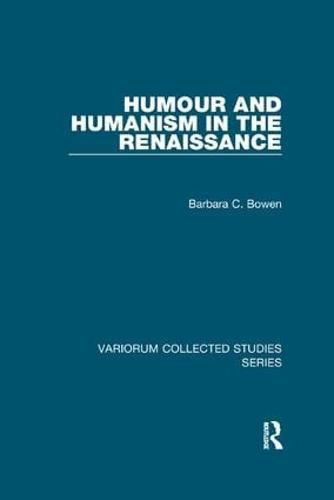Readings Newsletter
Become a Readings Member to make your shopping experience even easier.
Sign in or sign up for free!
You’re not far away from qualifying for FREE standard shipping within Australia
You’ve qualified for FREE standard shipping within Australia
The cart is loading…






Of the articles in this volume, eight concern a world-famous author (FranAois Rabelais); the others are studies of little-known authors (Cortesi, Corrozet, Mercier) or genres (the joke, the apophthegm). The common theme, in all but one, is humour: how it was defined, and how used, by orators and humanists but also by court jesters, princes, peasants and housewives. Though neglected by historians, this subject was of crucial importance to writers as different as Luther, Erasmus, Thomas More and FranAois Rabelais. The book is divided into four sections. ‘Humanist Wit’ concerns the large and multi-lingual corpus of Renaissance facetiae. The second and third parts focus on French humanist humour, Rabelais in particular, while the last section is titled ‘ Serious Humanists’ because humour is by no means absent from it. For the Renaissance, as Erasmus and Rabelais amply demonstrate, and as the ‘minor’ authors studied here confirm, wit, whether affectionate or bitingly satirical, can coexist with, and indeed be inseparable from, serious purpose. Rabelais, as so often, said it best: ‘Rire est le propre de l'homme.
$9.00 standard shipping within Australia
FREE standard shipping within Australia for orders over $100.00
Express & International shipping calculated at checkout
Of the articles in this volume, eight concern a world-famous author (FranAois Rabelais); the others are studies of little-known authors (Cortesi, Corrozet, Mercier) or genres (the joke, the apophthegm). The common theme, in all but one, is humour: how it was defined, and how used, by orators and humanists but also by court jesters, princes, peasants and housewives. Though neglected by historians, this subject was of crucial importance to writers as different as Luther, Erasmus, Thomas More and FranAois Rabelais. The book is divided into four sections. ‘Humanist Wit’ concerns the large and multi-lingual corpus of Renaissance facetiae. The second and third parts focus on French humanist humour, Rabelais in particular, while the last section is titled ‘ Serious Humanists’ because humour is by no means absent from it. For the Renaissance, as Erasmus and Rabelais amply demonstrate, and as the ‘minor’ authors studied here confirm, wit, whether affectionate or bitingly satirical, can coexist with, and indeed be inseparable from, serious purpose. Rabelais, as so often, said it best: ‘Rire est le propre de l'homme.